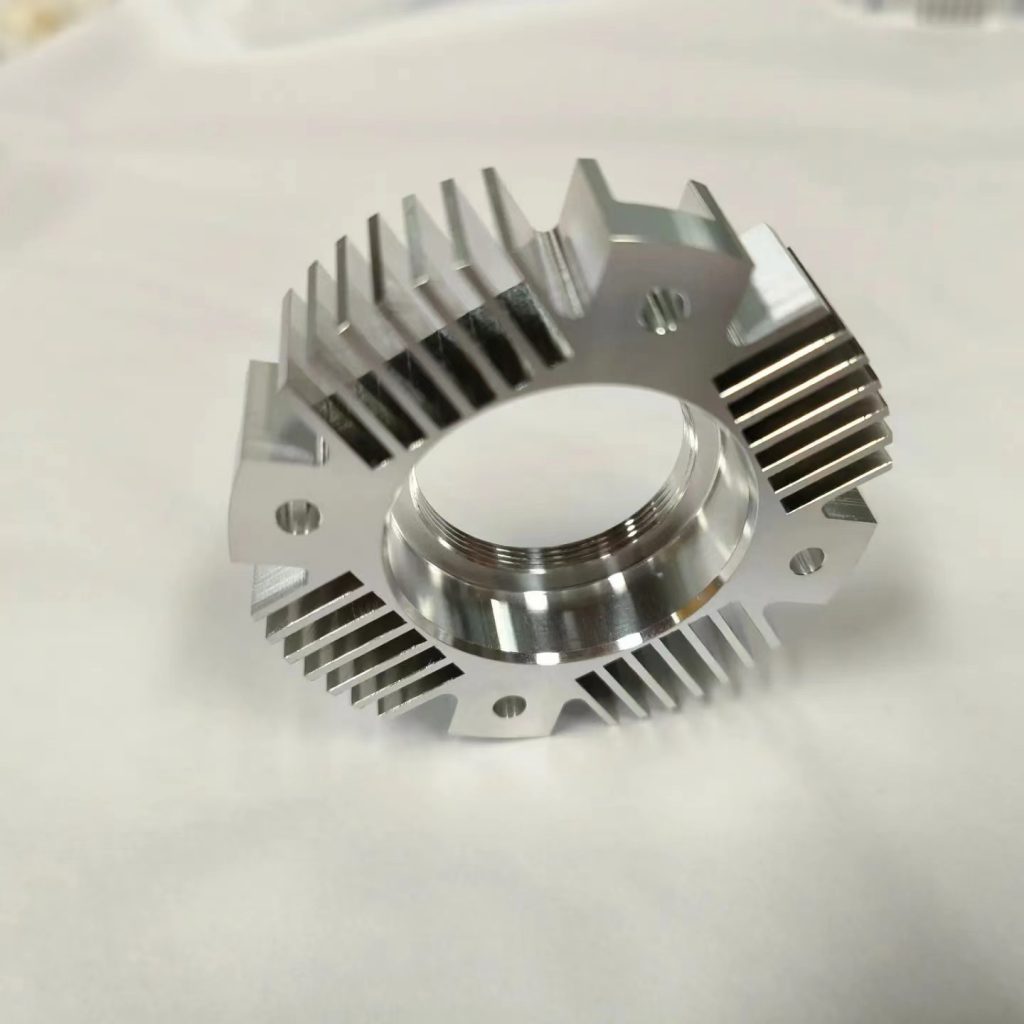It’s no secret that machinery emits heat, and without an effective way to remove it, bearings seize and fluids boil. On the flip side, properly regulated machinery uses heat to warm our homes and workspaces, light our light bulbs, and, ironically, keep our refrigerators cold. Each of these functions and countless others is made possible through heat exchangers—a device introduced in the late 1800s and improved upon ever since.
How Heat Exchangers Work
As the name suggests, they work by conducting heat between one liquid and another, with the term “liquid” defined as a fluid or gas. These are usually kept separate by a thin wall of metal—a tube or plate, for instance—that boasts high thermal conductivity; as the liquids move past one another on each side of the wall, their temperature differential equalizes, thus “exchanging” heat.
Some heat exchangers are passive, relying on convection to cool the component. For example, a heat sink is nothing more than a series of metal ribs, as in that odd-looking contraption sitting atop your desktop computer’s CPU. Aim a fan at it, however, and it is now active. This is the case with most heat exchangers, which use a refrigerant (or heat source) to create a temperature differential.

Common Types of Heat Exchanger
One of the most common heat exchangers is the radiator that keeps your car’s engine from overheating. The aerospace industry uses heat exchangers to keep aircraft cabins comfortable and fuel flowing freely. Chemical producers depend on them to condense corrosive gases, while food producers would be unable to deliver safe food without heat exchangers. The list goes on,with these uber-critical devices touching practically every aspect of our daily lives.
Several styles of heat exchanger are available. Double pipe, shell and tube, scraped surface, helical or spiral—these are a few of the most common designs for heat exchangers, with more invented all the time. This last point is especially true given the advent of metal 3D printers like those we use, which make it possible to create complex, conformal cooling channels and greatly increase the number of walls and chambers—thereby improving a heat exchanger’s efficiency—without running the risk that the fluids will mingle due to leaky brazes or other types of joint failure.
How is Thermal Conductivity of Material Measured?
Whatever the design, it’s important to choose the right metal. It must be thermally conductive, obviously, but depending on the application, the metal you have to consider resistance to chemical corrosion, repeated heating and cooling, temperature extremes. Abusive environments such as oil and gas exploration, mining, and nuclear energy need a bit of extra thought to find a materials match.
For less demanding applications, copper is often the favorite metal for heat exchangers. It boasts a thermal conductivity of 413 watts per meter Kelvin (W/mK). Aluminum is a close second at 237 W/mK, cartridge brass (C26000) achieves 111 W/mK, titanium comes in at a dismal 24 W/mK, with stainless steels and nickel-based alloys like Inconel and Hastelloy offering values in the low teens.
Comparing the Metals Used for Heat Exchanger Applications
It would seem, then, that copper and perhaps aluminum are the only viable options for heat exchanger materials. Not so. For starters, metals behave differently depending on the temperature, with thermal conductivity going up as temperatures rise (and vice-versa). Designers should be sure to understand their heat exchanger’s operating conditions when selecting what metal to use.
More important for industrial applications is the metal’s strength and its corrosion resistance. Non-ferrous copper and aluminum are far too wimpy for many of the demanding industrial environments listed earlier, making stainless steels and superalloys the first choice. And titanium—though not terribly heat conductive—is the top dog for many aerospace applications due to its superb strength and light weight, albeit at a higher cost than competing metals.
Please feel free to reach out to our applications engineers for advice on material selection, design guidelines for 3D-printed heat exchanger components, and considerations on secondary machining and post-processing of the same..